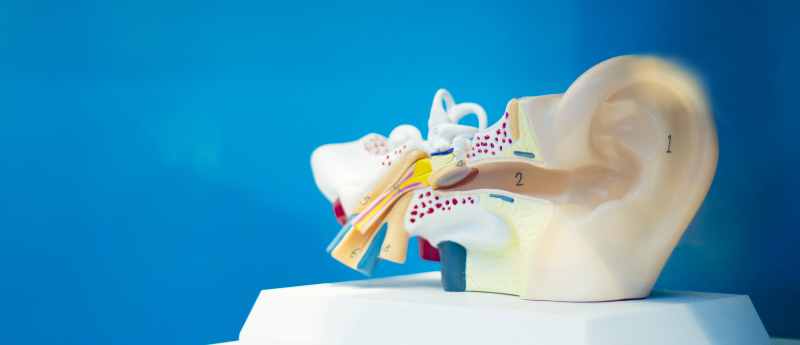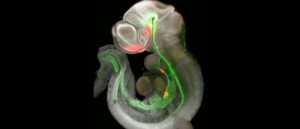Exploring the regenerative potential of the inner ear

Epigenetic modifications are the key to restoring the latent regenerative potential of the inner ear.
Scientists from the University of Southern California (USC; CA, USA) have revealed a potential way to regenerate the inner ear’s sensory cells that, when damaged, can cause hearing and balance disorders.
“Permanent hearing loss affects more than 60 percent of the population that reaches retirement age,” commented Neil Segil, Professor in the Department of Stem Cell Biology and Regenerative Medicine, and the USC Tina and Rick Caruso Department of Otolaryngology – Head and Neck Surgery. “Our study suggests new gene engineering approaches that could be used to channel some of the same regenerative capability present in embryonic inner ear cells.”
The hearing organ in the inner ear, called the cochlea, contains two types of sensory cells: ‘hair cells’ that have hair-like cellular projections that receive sound vibrations; and ‘supporting cells’ that play vital structural and functional roles. Damage to hair cells, through loud noises for example, results in decreased hearing sensitivity and as the hair cells cannot regenerate, this damage is permanent.
 Mapping the road to more sophisticated organoid systems
Mapping the road to more sophisticated organoid systems
Two papers recently published in Nature Communications signal a landmark in the development of more complex and representative organoid systems.
When the hair cells of newly born mice incur damage, supporting cells are able to transform into hair cells, through a process known as ‘transdifferentiation’, and this process can recover hearing loss. However, by one week of age, this regenerative capacity in mice is lost.
The study, published in Developmental Cell, found that in the supporting cells of newborn mice, hair cell genes were kept primed to activate by the presence of a histone modification, H3K4me1. With age, the supporting cells gradually lost H3K4me1, which caused them to exit the primed state and lose their ability to transdifferentiate into hair cells.
Segil and colleagues went further by introducing a drug that prevented the loss of H3K4me1 and found that the supporting cells remained temporarily primed for transdifferentiation.
“Our study raises the possibility of using therapeutic drugs, gene editing, or other strategies to make epigenetic modifications that tap into the latent regenerative capacity of inner ear cells as a way to restore hearing,” explained Segil. “Similar epigenetic modifications may also prove useful in other non-regenerating tissues, such as the retina, kidney, lung, and heart.”